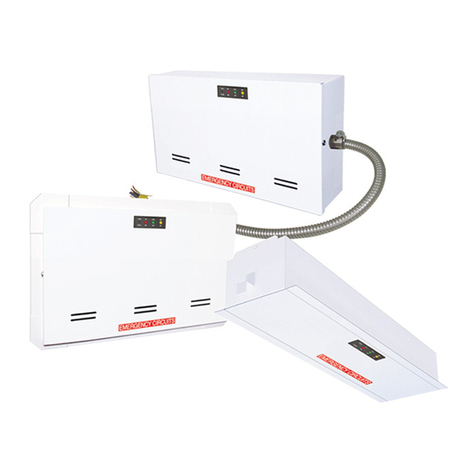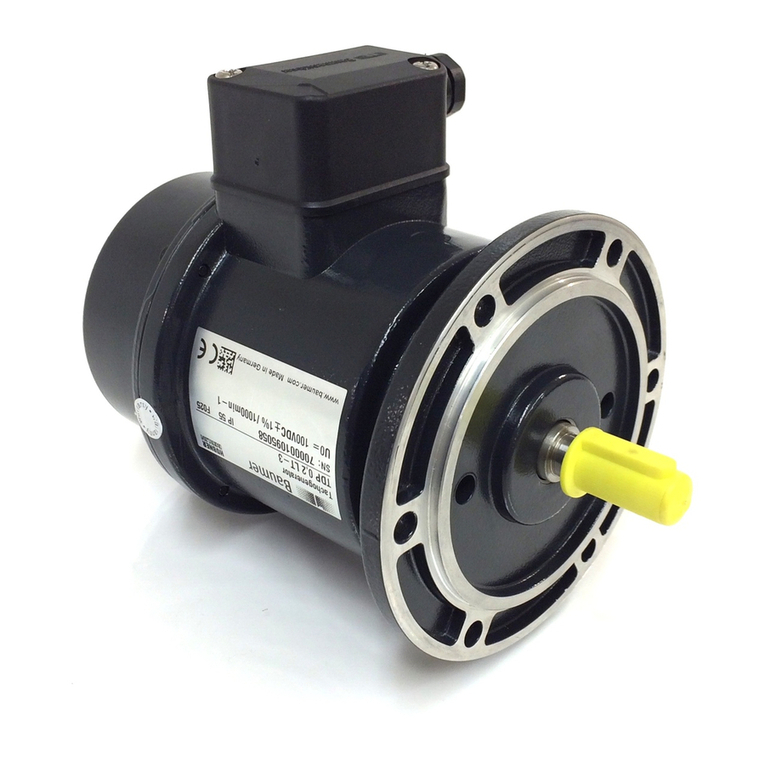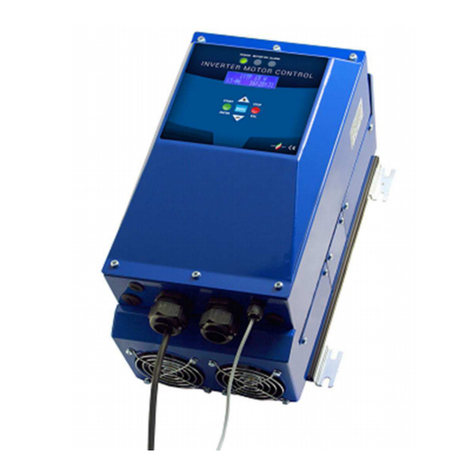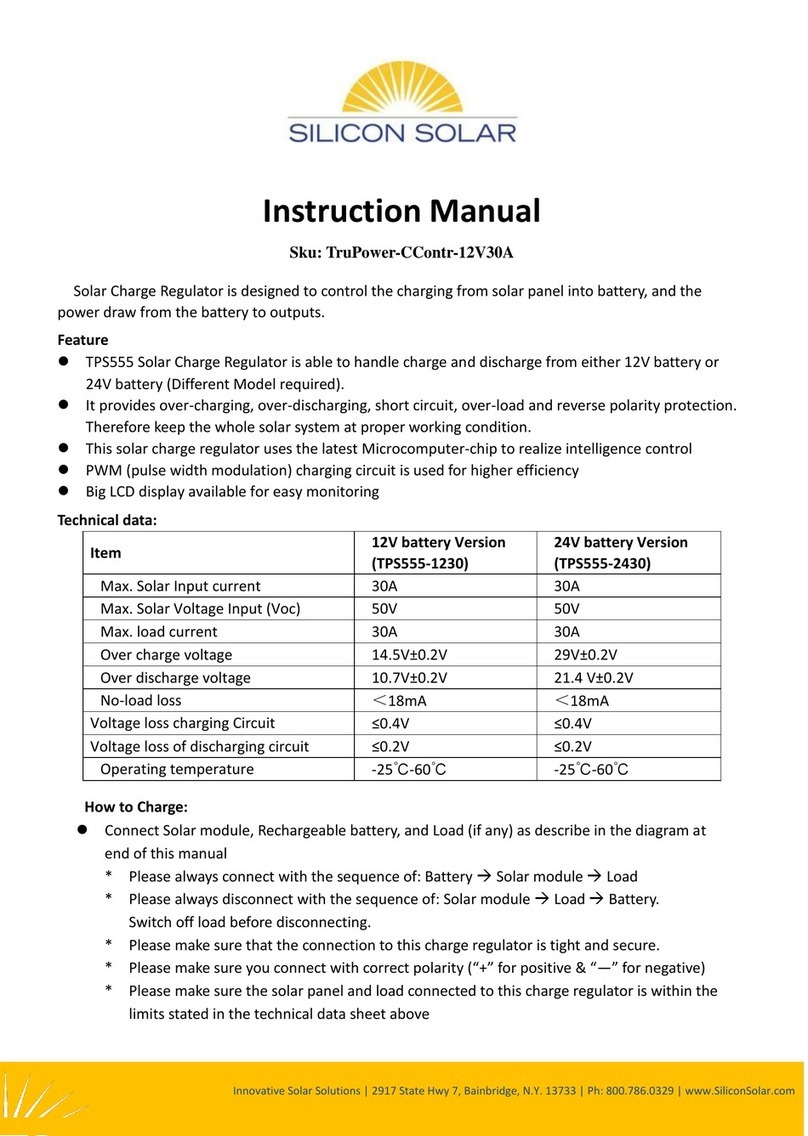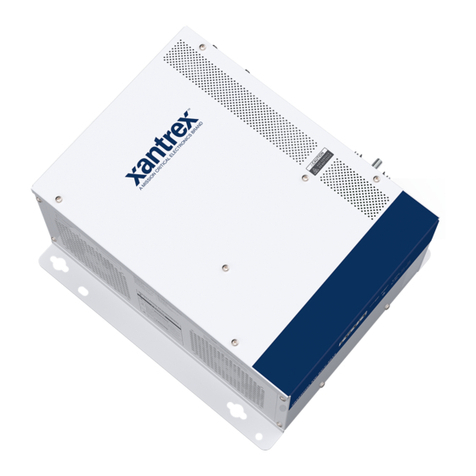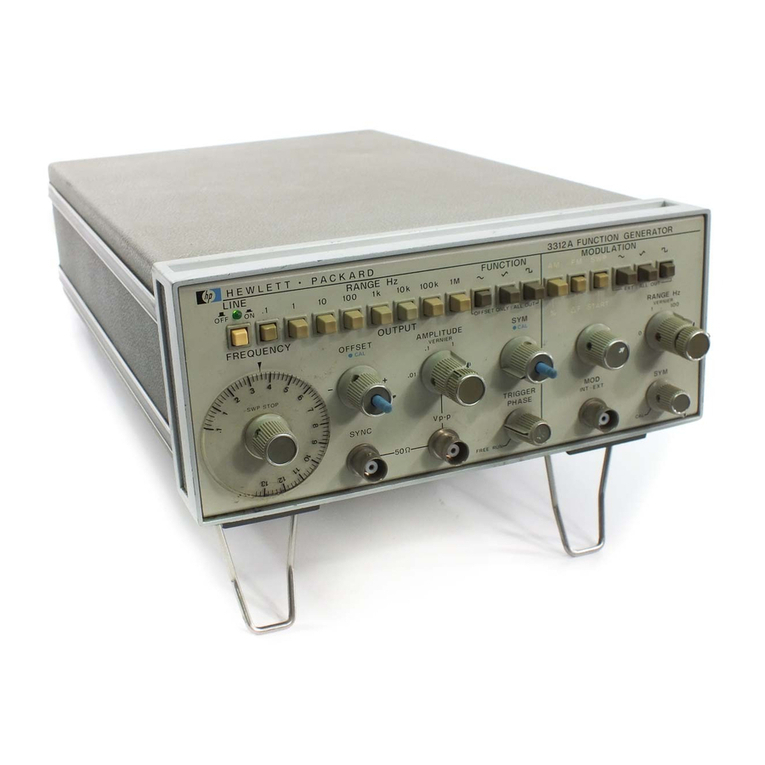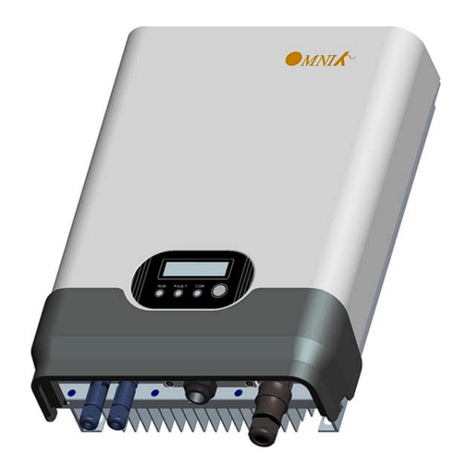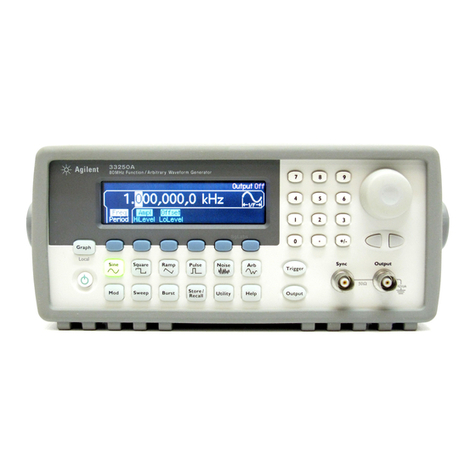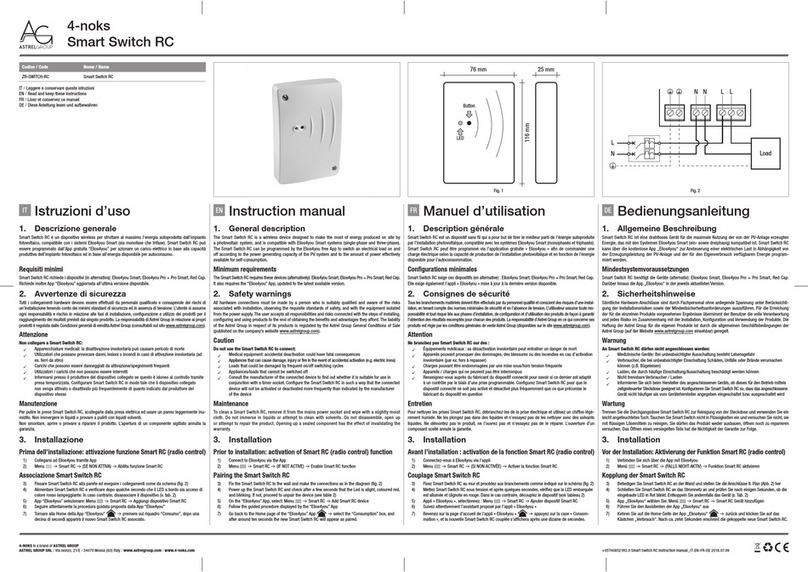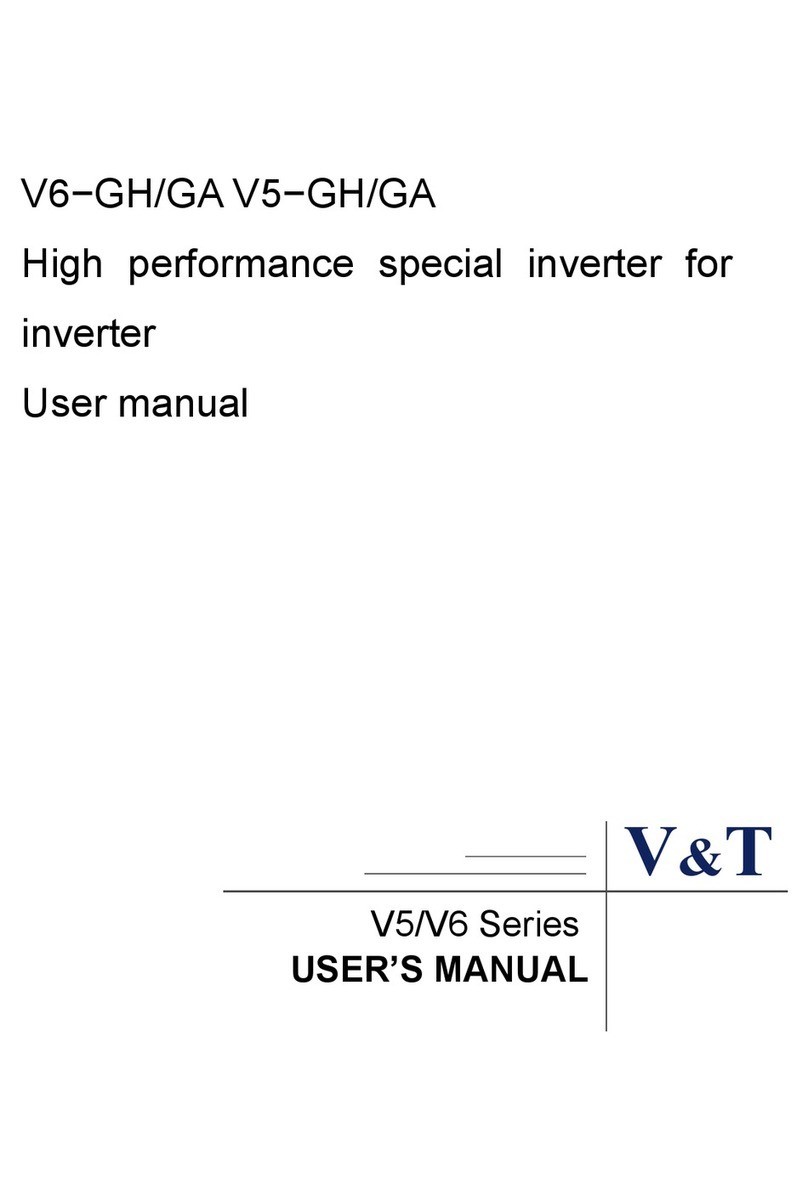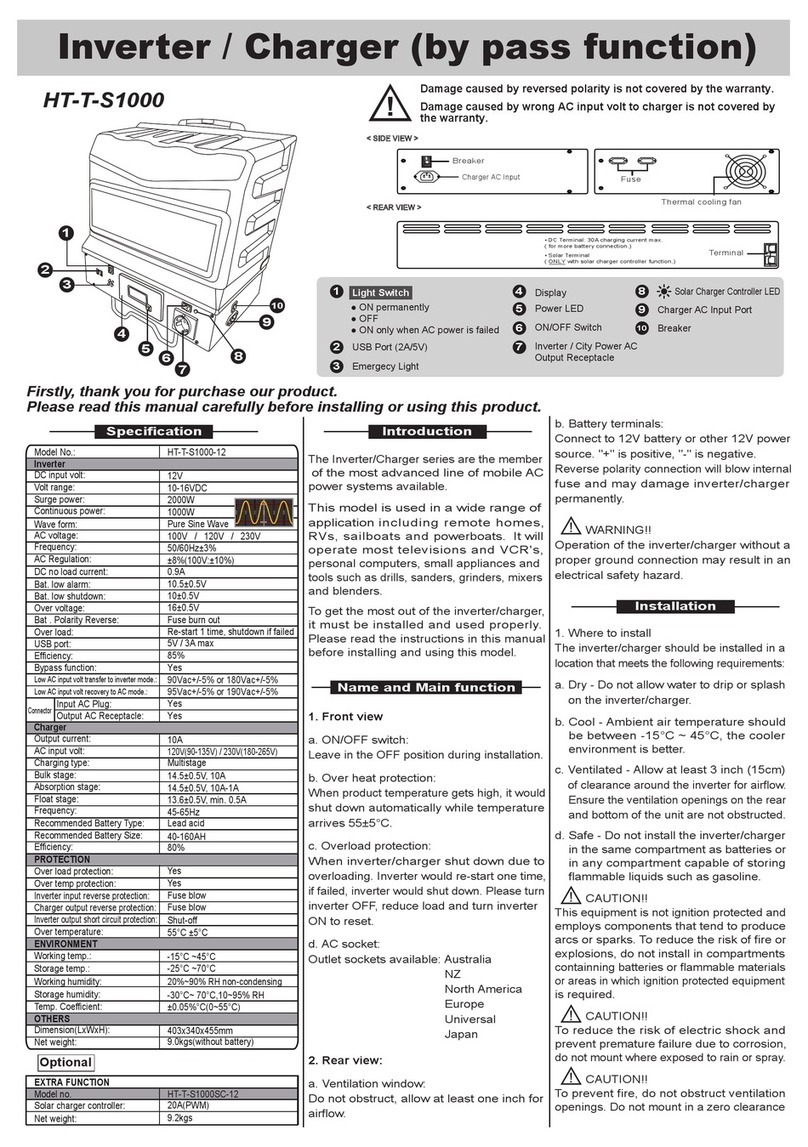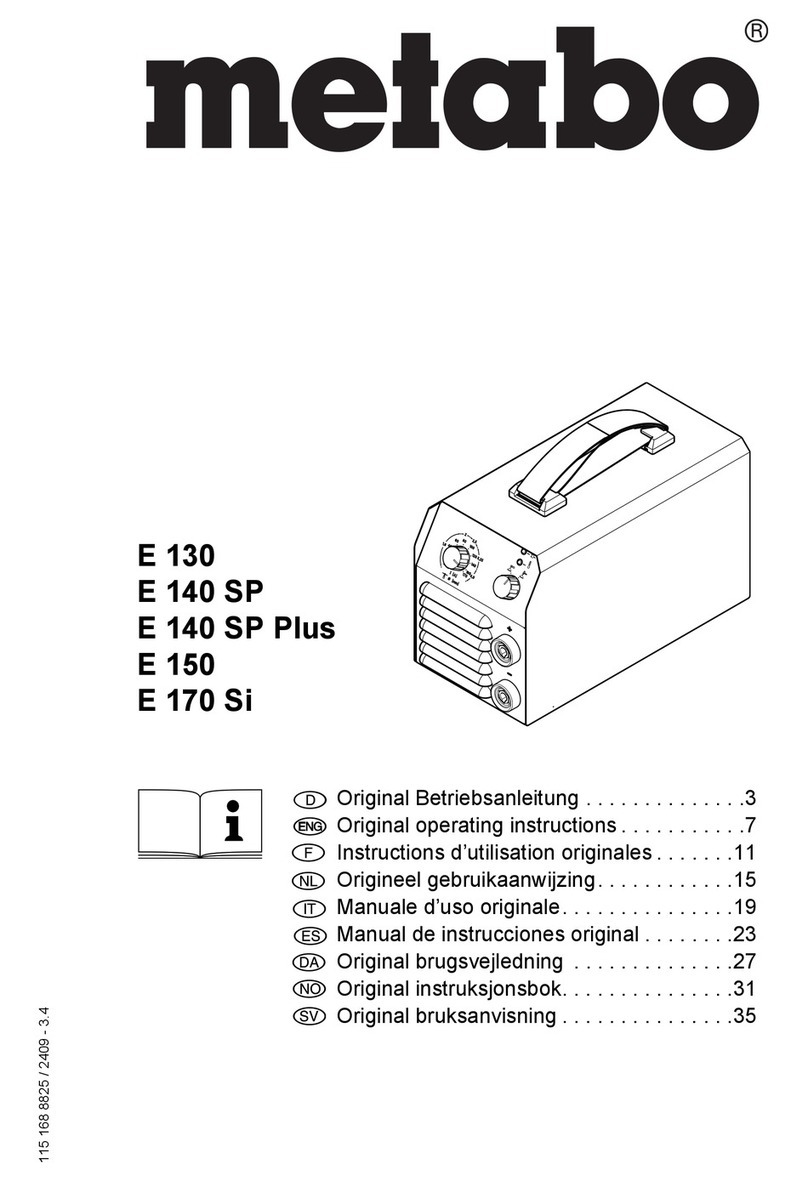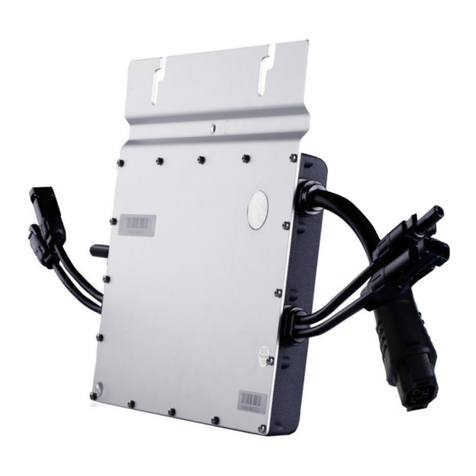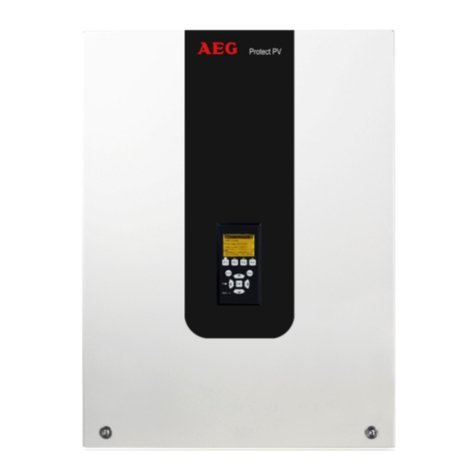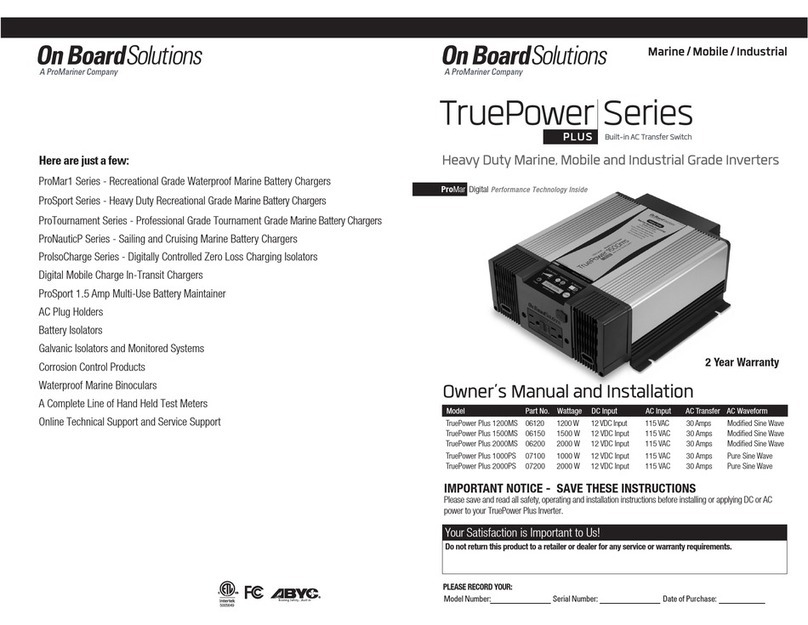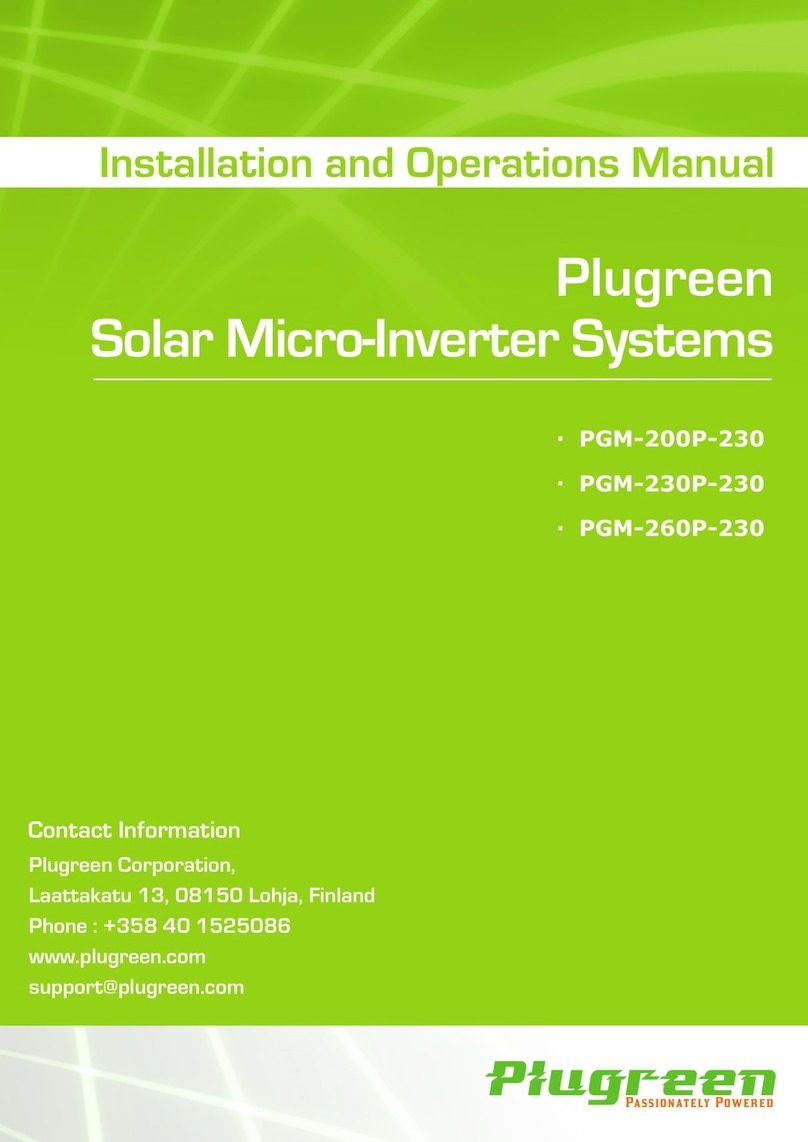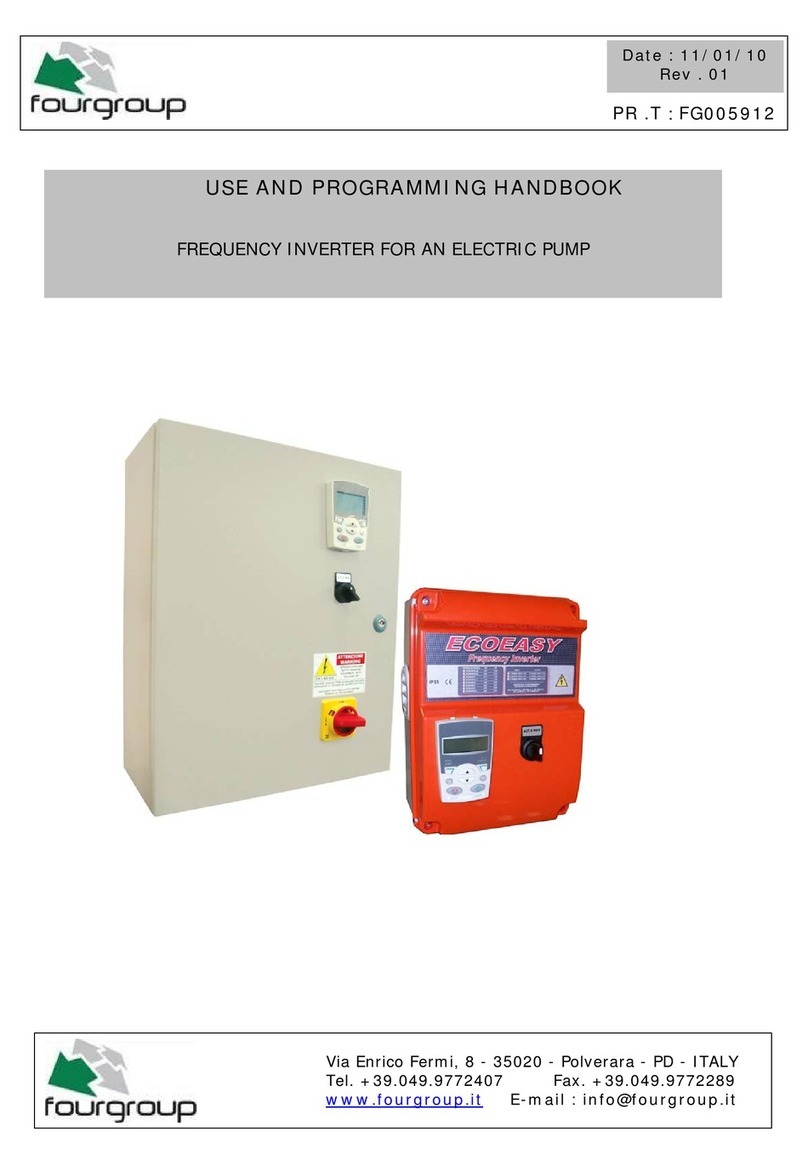
3 / EN
Heat Pump Monobloc Inverter / User Manual
1 Air Source Heat Pump 202202
TableofContents
Part 1 General Features .............................................................................................................................................. 4
1.1 Unit Capacities and Appearance ...................................................................................................................... 4
Part 2 Component Layout and Refrigerant Circuit ...................................................................................................... 5
2.1 Layout of Functional Components ................................................................................................................... 5
2.2 Piping Diagram ................................................................................................................................................. 8
2.3 Refrigerant Flow Diagram .............................................................................................................................. 10
Part 3 Control ............................................................................................................................................................ 11
3.1 Stop Operation ............................................................................................................................................... 11
3.2 Standby Control ............................................................................................................................................. 11
3.3 Startup Control .............................................................................................................................................. 11
3.4 Normal Operation Control ............................................................................................................................. 13
3.5 Protection Control ......................................................................................................................................... 13
3.6 Special Control ............................................................................................................................................... 14
3.7 Role of Temperature Sensors in Control Functions ....................................................................................... 16
3.8 EEPROM Parameter Setting ......................................................................................................................... 20
3.9 Electric Wiring Diagram ................................................................................................................................. 26
Part 4 Troubleshooting ............................................................................................................................................. 30
4.1 Unit Electric Control Box Layout .................................................................................................................... 30
4.2 Unit PCBs ........................................................................................................................................................ 33
4.3 Error Code Table ............................................................................................................................................ 39
4.4 Troubleshooting ............................................................................................................................................. 41
4.5 Appendixes to Part 4 ...................................................................................................................................... 80
